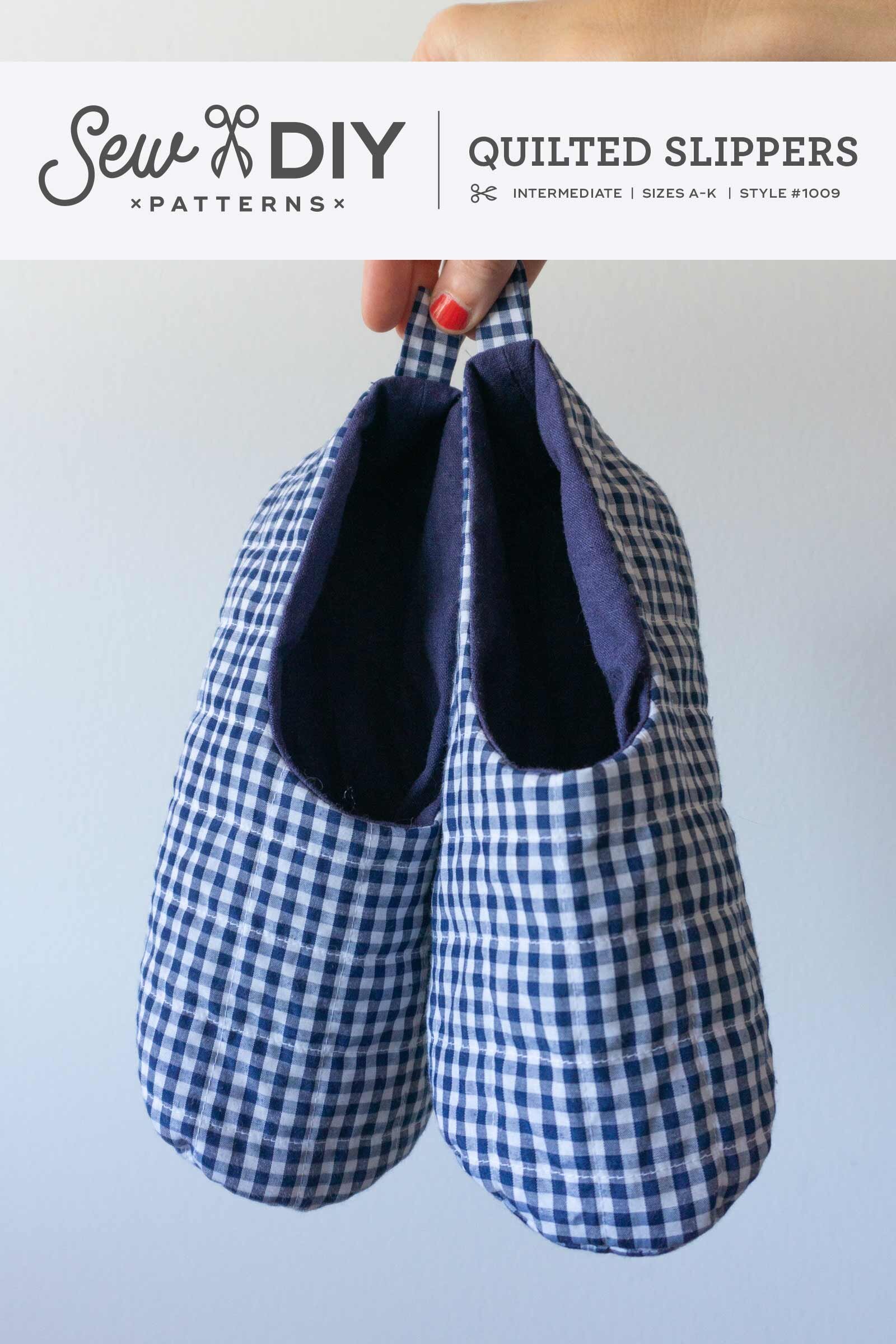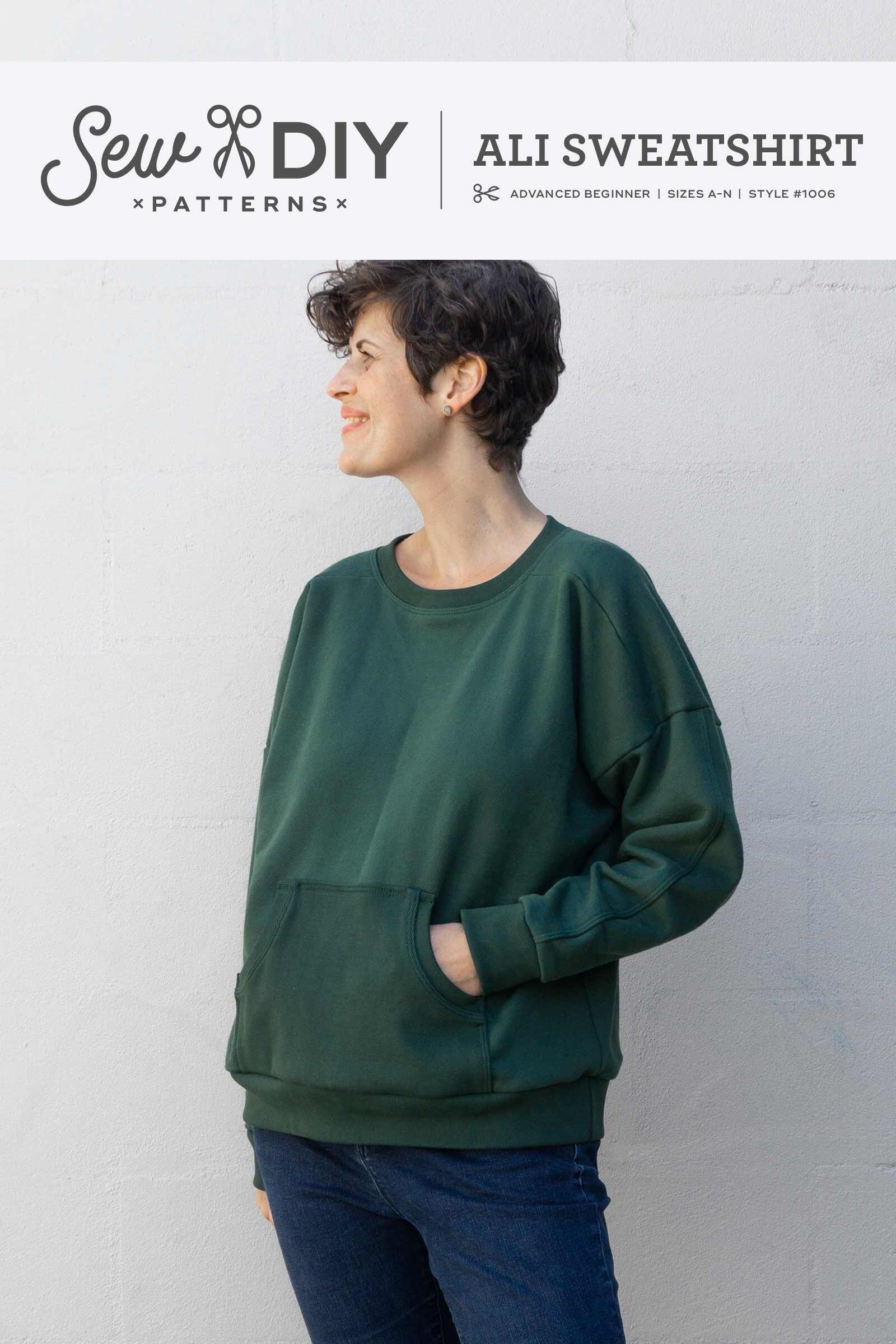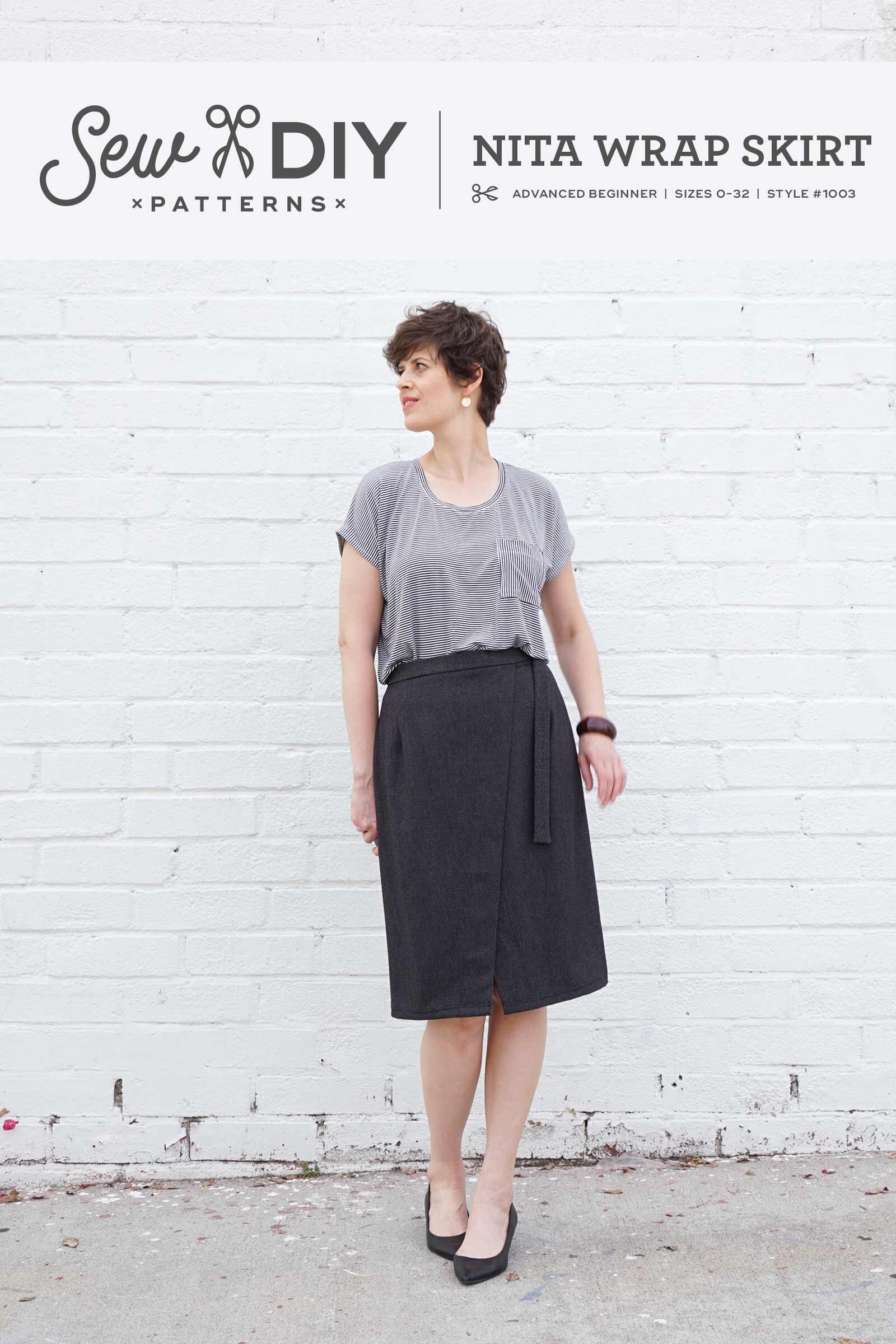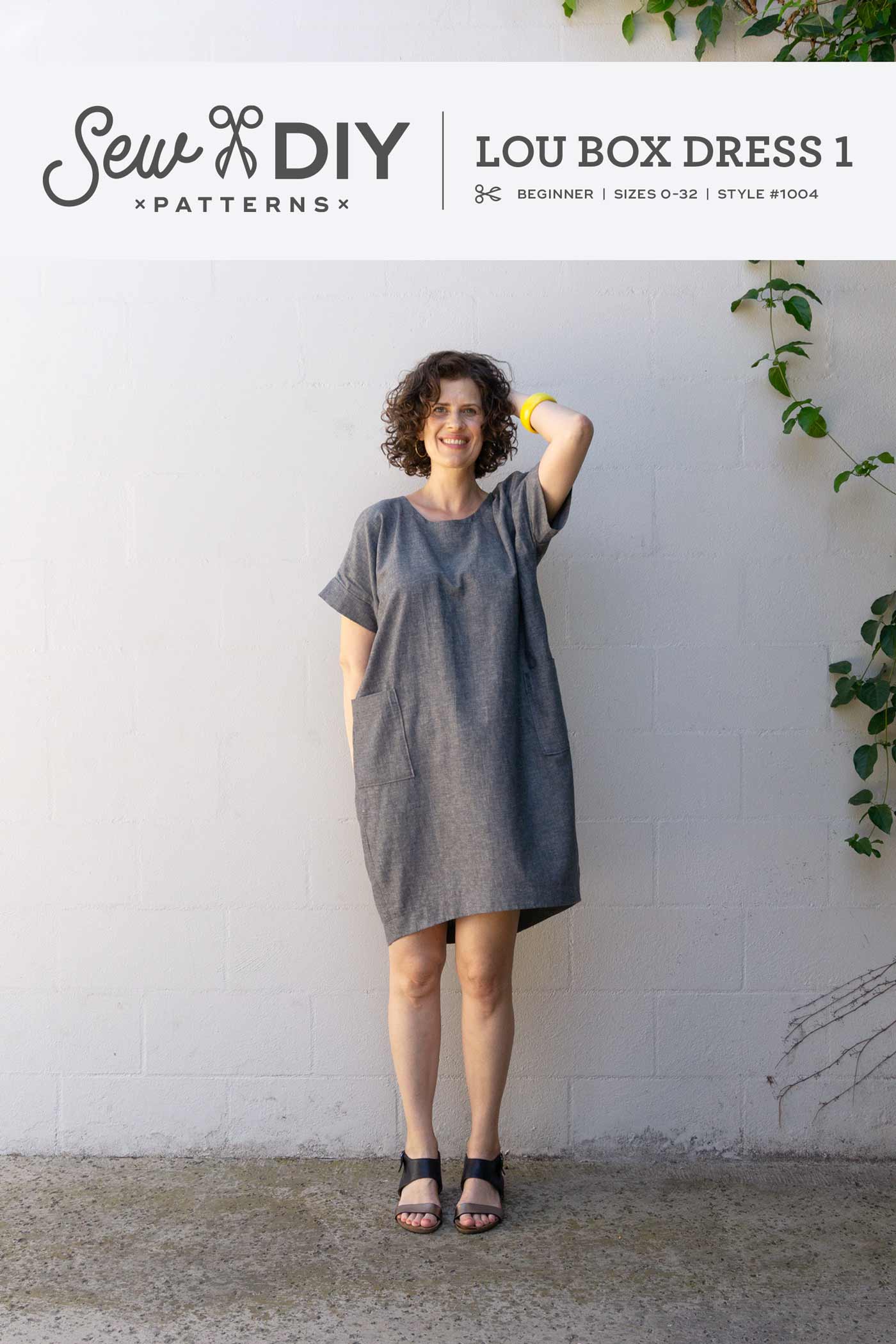If you are brand new to sewing, interfacing might seem a little mysterious. You might even be wondering if you really need it to use it. For a lot of garments you don’t need it but for many it is essential for adding structure to the garment. It is often used on facings, collars, cuffs and button bands to stiffen and reinforce the fabric. Think about ready-to-wear clothing and the areas of the garment that are stiffer than others. These are parts that need to stand up (like a collar), be tough enough to take a buttonhole or simply lie flat along the neckline. Today I’m going to share some basic tips for adhering the interfacing to your fabric. It’s not a hard process but can be a little scary when you first start out.
TIPS FOR FUSING IRON-ON INTERFACING
1. Turn on the steam.
Set your iron to the hottest and steamiest setting that your fabric and interfacing can handle. The steam and heat will melt the glue dots and stick the interfacing to the fabric. It’s wise to do a test with a few scraps. If you’re using a very delicate fabric, it’s also wise to use a pressing cloth or lightweight towel between the interfacing and your iron.
2. Glue side down.
Lay the fabric wrong side up on the ironing board. Press just the fabric to remove any wrinkles. Lay your interfacing on top with glue dots down. Iron-on interfacing has two sides, a soft side and one with little dots of glue on it. Double-check that the bumpy side of the interfacing is touching the wrong side of the fabric. Sometimes it’s hard to tell which side is which because the interfacing is so sheer. Use your fingers to feel which side has the glue bumps. Make sure that side is down. It doesn’t hurt to triple check.
A couple more tips before you fuse:
So what if you accidentally touch the iron to the glue side? Well, it will (obviously) stick to the iron. I’ve done this many, many times. It’s usually followed by a face palm. Then I go about cutting a new piece of interfacing and cleaning the iron. Refer to your iron’s instructions for the best way to clean. I use this iron cleaning kit. It comes with a cream and some special cleaning cloths. It's really handy to have on hand. I bought when I got my iron almost 6 years ago and I'm not at all close to using up the cleaning cream. By the way, I use this iron. I use it all the time and am only just starting to think that I may need to replace it.
Are your fabric and interfacing not lining up exactly? Shift them around until they do. Assuming you cut everything correctly they will match up. Sometimes when you first lay them down, the bias edges of the fabric may stretch a bit out of shape. For extra assistance, use your pattern piece to make sure they are in the correct shape. Alternately, you can fuse a large piece of interfacing to your fabric and then cut out both at the same time.
3. Start slow.
Now it’s time to press. Use an up and down motion (not side to side because that might cause the layers to shift). I start by tacking down the interfacing with a quick press (about 1 second). I do a tack in the middle, then on the ends and then fill in the gaps in between. The interfacing will be sticking to the fabric but not permanently attached yet. This first tack down just helps ensure that the interfacing and fabric are lined up correctly and won’t shift around when the big pressing begins.
4. Press until the dots disappear.
Now, you’re ready to really iron. Hold the iron on the fabric for about 5 seconds and then check it. Are the dots starting to disappear? Good. Keep going, moving around the fabric, using an up and down motion. Keep ironing slowly until all the dots have melted into the fabric. In the image above, the left side shows lightly fused interfacing and the right side shows it fully fused. You can still see a little bit of texture on the right but the dots have melted into the fabric.
5. Let it sit.
Let the fabric sit on the ironing board and cool completely before you move it. This will help the interfacing stay attached.
That’s it! Your interfacing is adhered to your fabric and you’re ready to start sewing. Pin the image below to save it for your next interfaced project. Have tips of your own? Share them in the comments.




















